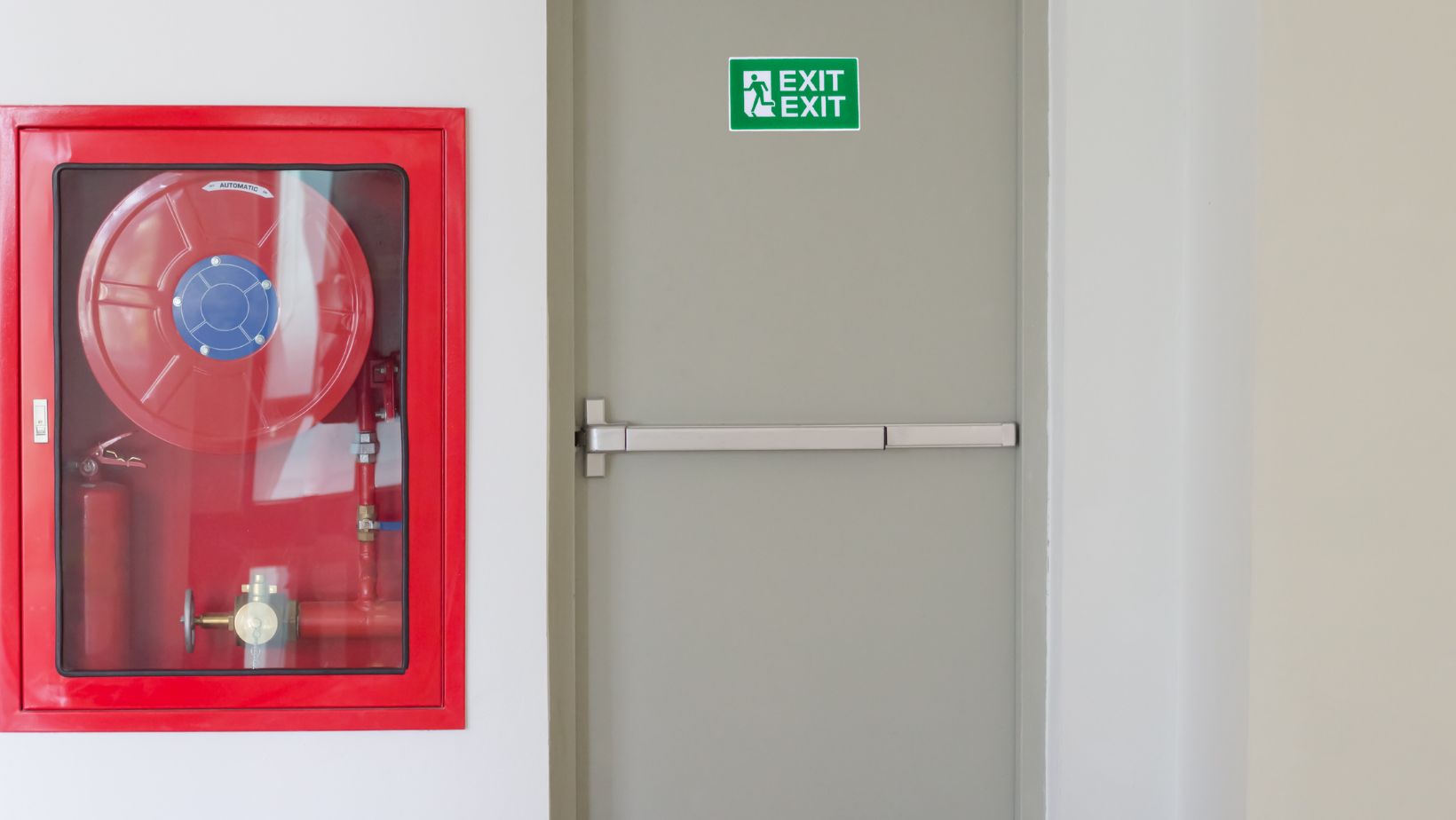Creating a comprehensive fire safety strategy is essential for protecting lives and property in any home or workplace. A well-rounded approach combines prevention, detection, and response tools to address fire risks effectively. From fire doors that contain flames to extinguishers that tackle small fires, each component plays a vital role in building a robust defense. This article outlines the key elements of a complete fire safety strategy and how to implement them for maximum protection.
The Importance of a Holistic Fire Safety Plan
Fires can escalate quickly, often within minutes, leaving little room for error. A complete safety strategy goes beyond installing a single device—it integrates multiple tools and practices to minimize risks and ensure preparedness. By addressing prevention, early detection, and suppression, you can create a safer environment for everyone. Let’s explore the critical components of this strategy.
Fire Doors: Containing the Threat
Internal Fire Doors are a cornerstone of fire safety, designed to slow the spread of flames and smoke. Rated for 30 or 60 minutes (FD30 or FD60), these doors act as barriers, giving occupants time to evacuate and limiting damage. They’re particularly crucial in multi-room buildings like offices or apartment complexes, where compartmentalization can prevent a fire from engulfing an entire structure. Install fire doors in high-risk areas, such as stairwells or kitchens, and ensure they’re fitted with proper seals and self-closing mechanisms. Regular inspections are vital to maintain their integrity.
Smoke Alarms: Early Detection Saves Lives
Smoke alarms are your first warning system, detecting fire in its early stages. Place them strategically on every level of your home or workplace, including near sleeping areas and in high-risk zones like kitchens or server rooms. Choose alarms with dual-sensor technology (ionization and photoelectric) to detect both fast-burning and smoldering fires. Test them monthly, replace batteries annually, and consider interconnected models that trigger all alarms simultaneously for faster response.
Fire Extinguishers: Rapid Response Tools
Fire extinguishers are essential for tackling small fires before they grow out of control. Options like the P50 fire extinguisher are reliable for combating Class A (wood, paper), Class B (flammable liquids), and Class C (electrical) fires. Place extinguishers in accessible spots, such as near exits, kitchens, or workshops, and ensure they’re clearly marked. Train occupants to use them with the PASS method: Pull the pin, Aim at the fire’s base, Squeeze the handle, and Sweep side to side. Regular maintenance checks are crucial to ensure they’re ready when needed.
Fire Blankets: Smothering Small Fires
Fire blankets are a simple yet effective tool, especially for kitchen fires involving grease or oil. Made from fire-resistant materials, they work by cutting off the oxygen supply to extinguish flames. Keep a fire blanket near cooking areas but away from stovetops to avoid accidental ignition. They’re easy to use—just pull the tabs and drape over the fire—and are ideal for small fires or protecting someone whose clothing has caught fire.
Carbon Monoxide Alarms: Guarding Against the Silent Killer
Carbon monoxide (CO) is a deadly, odorless gas produced by incomplete combustion in appliances like heaters or generators. CO alarms are critical for detecting this invisible threat. Install them near bedrooms and fuel-burning appliances, ensuring they’re tested regularly. For added convenience, consider combination alarms that detect both smoke and CO, reducing the number of devices needed while maintaining comprehensive coverage.
Emergency Lighting and Signage: Guiding the Way
In a fire, smoke and power failures can obscure visibility, making evacuation difficult. Emergency lighting, such as battery-powered exit signs, ensures escape routes remain visible. Clearly marked signage directing to exits is equally important, especially in workplaces with many occupants. Test these systems regularly to confirm they function during an emergency, and ensure signs are unobstructed and easy to read.
Fire Drills and Training: Preparedness in Action
Even the best tools are ineffective without proper training. Conduct fire drills at least twice a year to familiarize everyone with evacuation routes and procedures. In workplaces, appoint fire wardens to coordinate drills and ensure compliance with safety regulations. Teach occupants how to use extinguishers and fire blankets, and review evacuation plans to account for different scenarios, such as blocked exits or power outages.
Maintenance: Keeping Your Strategy Effective
A fire safety strategy is only as strong as its upkeep. Schedule regular maintenance for all equipment—check extinguisher pressure, test alarms, and inspect fire doors for damage or wear.

Replace batteries in smoke and CO alarms annually, and ensure fire doors close properly without gaps. Keep records of inspections to stay compliant with local fire codes and to identify any recurring issues.
Tailoring Your Strategy to Your Space
Every home and workplace is unique, so customize your fire safety plan to fit your needs. For example, a home with young children may prioritize escape ladders for upper floors, while an office with heavy machinery may need additional extinguishers suited for electrical fires. Assess your space for potential hazards, such as flammable materials or outdated wiring, and address them proactively.
Final Thoughts
Building a complete fire safety strategy requires a combination of tools and practices working together seamlessly. Internal fire doors, smoke and CO alarms, Best Fire Extinguishers like the P50, fire blankets, emergency lighting, and regular training form the backbone of a solid plan. By investing in these elements and maintaining them diligently, you can minimize fire risks and ensure a swift, safe response in an emergency. Prioritize safety today to protect your home or workplace tomorrow.

